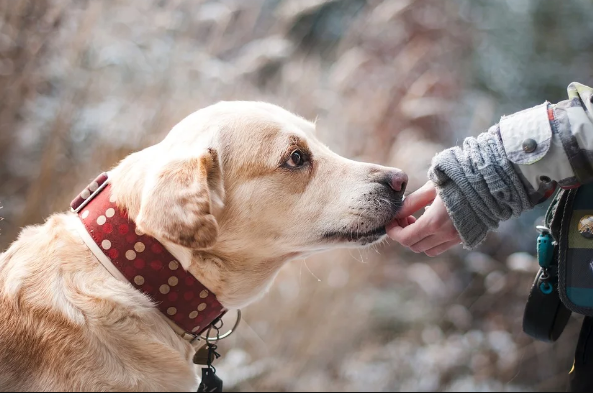Practical Tools for Potential Small Business Owners
Your heart melts when you see a puppy tripping on its oversized paws in the park or when the dogs you walk come bounding up to you with unbridled affection. Because of this love, melding your love of dogs with opening a business can be a great career choice.For aspiring small business owners navigating the complexities of LLC formation, the zenbusiness llc review offers an insightful glimpse into a service that simplifies the process, making it a practical tool that can help lay a sturdy foundation for your business’s future.
Getting off the Ground
It’s a good idea to get a sense of obstacles you could face when starting a small business so that you’re better prepared for them. These can include establishing a solid business structure, branding, funding, financing, and even time-management.
First, research what pet-oriented businesses, small and large, are already in your neighborhood. If there’s a doggie daycare around the corner, the market might be saturated, but there might still be a need for something a little more niche like a pet-sitting business. Further, if you decide to take a similar route, ensure that you possess the right skills and an innovative mindset to start your pet care business. For a strong and solid foundation, you can earn an online BBA degree so you will know the latest business tools and emerging future trends as you build along your pet business. Moreover, you’ll want to cover all your bases and find out any legal restrictions, such as the number of animals allowed in a building, if you’ll need a business license, and if you’re required to have liability insurance. These principles can be applied to any kind of business such as construction for example, where lead generation for contractors and market saturation play a major role.”
Determine what kind of business structure works best for you. If you’re heading out on your own, a sole proprietorship is the simplest, but it also means you’re responsible for everything, both profits and losses. Setting up as an LLC or corporation can limit liability, but can be complicated if this is your first enterprise. The IRS and New York state will want a share of your profits in the form of taxes, which you will need to pay throughout the year if you are self-employed or employing others to work at your business. It’s best to thoroughly understand taxes before you open your business to ensure you’re keeping proper records and don’t run afoul of the law.
Building Your Brand
Branding will help market your business. A logo that’s printed on all your materials and website can help potential customers identify and remember who you are, after all. With that in mind, take time to research how to get a brand up and rolling, seek out resources for how to create doggy imagery to include on your branding, and so on.
Word of mouth is the primary way you will initially attract clients. Have you already done pet sitting or dog walking in your neighborhood? Ask those clients to recommend you to others looking for services for their dogs. Meanwhile, you can get the word out on your services through social media by starting a Facebook page and using Twitter to tweet updates and interesting canine tidbits. You can also start a blog on your website to share information about all aspects of dog care, which may bring customers your way who find you when doing a search on one of the topics you’ve written about.
Tools to Simplify Business Tasks
Myriad responsibilities can make for long days when sometimes all you want to do is cuddle with one of your pups and decompress. To help streamline the business side of your dog walking company, doggie daycare, dog-sitting, or whatever else it is you choose, look online for digital tools.
To start, it’s important to track expenses — from dog leashes to rent — for tax purposes and to understand spending patterns. There are numerous software programs and even some free ones online that scan and track receipts to help you see how much you’re spending on your business. This is an important part of understanding the free cash flow in your business, which is the difference between how much money you’re generating and cash spent on assets.
A free cash flow formula can help you more efficiently predict the ebbs and flows of your income and expenses in order to more accurately plan your expenses and budget. Growing your free cash flow over time means you’ll have more to invest in upgrades and attracting new business. But, if you’re seeing this cash flow decline, your business may be becoming financially unsustainable, and you’ll need to take stock of how you can rebalance money coming in and going out.
Next, if you have more work than you can handle on your own, you’ll want to hire employees. Ideally, these will be individuals who understand you’re just starting up and will want to help you build your business. An online time card calculator can help keep track of their (and your) hours, both for independent contract work and payroll purposes. The tool also calculates how much is being earned per week.
You will also need to ensure you’re correctly deducting taxes from your employees’ paychecks, unless you’re employing them as independent contractors. The Small Business Administration offers advice on taxes and many other issues you may encounter, including connections to free counseling for small business owners. Other advice offered includes managing finances, buying assets and equipment, marketing and sales, preparing for emergencies, and how to close or sell your business.
While opening a business can involve a leap of faith and sometimes a steep learning curve to cover all your bases, launching a career that lets you incorporate your love of dogs can be priceless.
This blog was contributed by Dan Matthews. If you would like to submit a blog please email cynthia@newyorkdognanny.com




